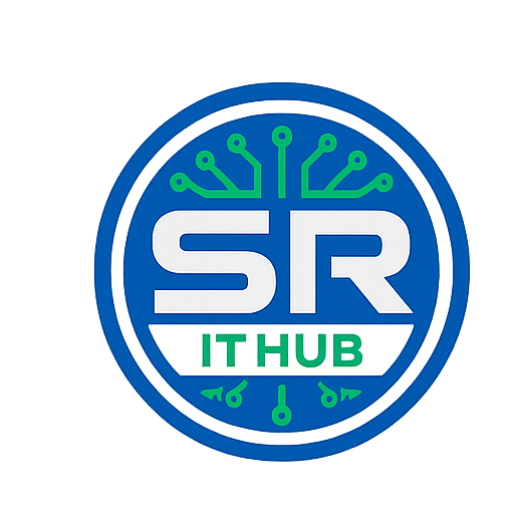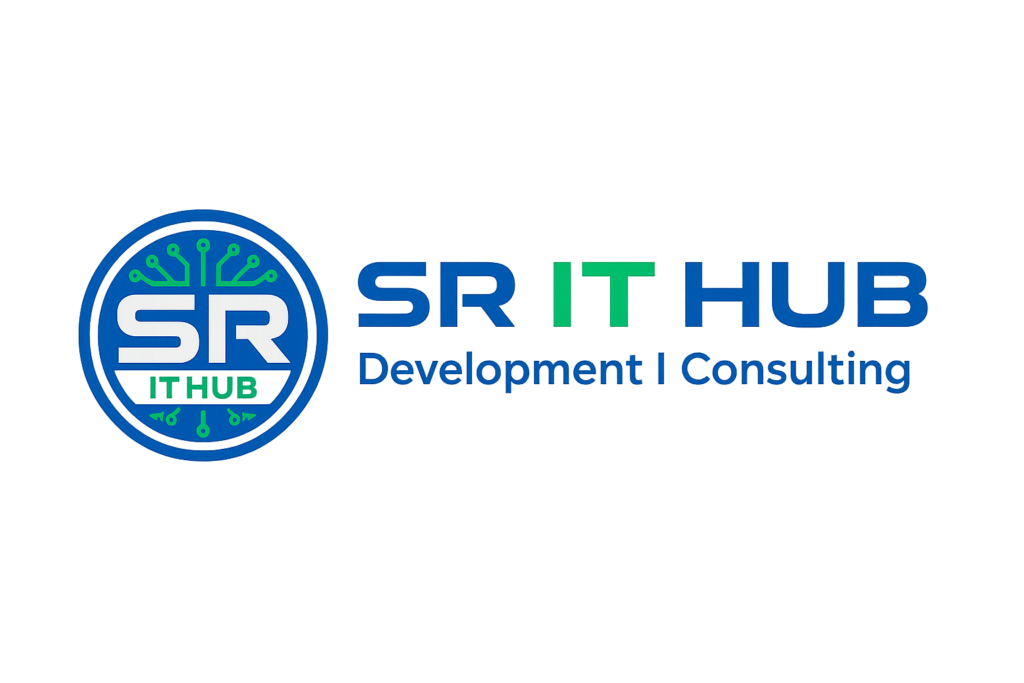ABSTRACT
Psychological stress is threatening people’s health. It is non-trivial to detect stress timely for proactive care. With the popularity of social media, people are used to sharing their daily activities and interacting with friends on social media platforms, making it feasible to leverage online social network data for stress detection. In this paper, we find that users stress state is closely related to that of his/her friends in social media, and we employ a large-scale dataset from real-world social platforms to systematically study the correlation of users’ stress states and social interactions. We first define a set of stress-related textual, visual, and social attributes from various aspects, and then propose a novel hybrid model – a factor graph model combined with Convolutional Neural Network to leverage tweet content and social interaction information for stress detection. Experimental results show that the proposed model can improve the detection performance by 6-9% in F1-score. By further analyzing the social interaction data, we also discover several intriguing phenomena, i.e. the number of social structures of sparse connections (i.e. with no delta connections) of stressed users is around 14% higher than that of non-stressed users, indicating that the social structure of stressed users’ friends tend to be less connected and less complicated than that of non-stressed users.
EXISTING SYSTEM:
- Many studies on social media based emotion analysis are at the tweet level, using text-based linguistic features and classic classification approaches. A system called MoodLens to perform emotion analysis on the Chinese micro-blog platform Weibo, classifying the emotion categories into four types, i.e., angry, disgusting, joyful, and sad.
- A existing system studied the emotion propagation problem in social networks, and found that anger has a stronger correlation among different users than joy, indicating that negative emotions could spread more quickly and broadly in the network. As stress is mostly considered as a negative emotion, this conclusion can help us in combining the social influence of users for stress detection.
DISADVANTAGES OF EXISTING SYSTEM:
- Traditional psychological stress detection is mainly based on face-to face interviews, self-report questionnaires or wearable sensors. However, traditional methods are actually reactive, which are usually labor-consuming, time-costing and hysteretic.
- These works mainly leverage the textual contents in social networks. In reality, data in social networks is usually composed of sequential and inter-connected items from diverse sources and modalities, making it be actually cross-media data.
PROPOSED SYSTEM:
- Inspired by psychological theories, we first define a set of attributes for stress detection from tweet-level and user-level aspects respectively: 1) tweet-level attributes from content of user’s single tweet, and 2) user-level attributes from user’s weekly tweets.
- The tweet-level attributes are mainly composed of linguistic, visual, and social attention (i.e., being liked, retweeted, or commented) attributes extracted from a single-tweet’s text, image, and attention list. The user-level attributes however are composed of: (a) posting behavior attributes as summarized from a user’s weekly tweet postings; and (b) social interaction attributes extracted from a user’s social interactions with friends.
- In particular, the social interaction attributes can further be broken into: (i) social interaction content attributes extracted from the content of users’ social interactions with friends; and (ii) social interaction structure attributes extracted from the structures of users’ social interactions with friends.
ADVANTAGES OF PROPOSED SYSTEM:
- Experimental results show that by exploiting the users’ social interaction attributes, the proposed model can improve the detection performance (F1-score) by 6-9% over that of the state-of-art methods. This indicates that the proposed attributes can serve as good cues in tackling the data sparsity and ambiguity problem. Moreover, the proposed model can also efficiently combine tweet content and social interaction to enhance the stress detection performance.
- Beyond user’s tweeting contents, we analyze the correlation of users’ stress states and their social interactions on the networks, and address the problem from the standpoints of:
- (1) social interaction content, by investigating the content differences between stressed and non-stressed users’ social interactions; and
- (2) social interaction structure, by investigating the structure differences in terms of structural diversity, social influence, and strong/weak tie.
- SYSTEM REQUIREMENTS
- SOFTWARE REQUIREMENTS:
- • Web Technologies : HTML, CSS, JS. JSP
- • Programming Language : Java and J2EE
- • Database Connectivity : JDBC
- • Backend Database : MySQL
- • Operating System : Windows 08/10
- HARDWARE REQUIREMENTS:
- Processor : Core I3
- RAM Capacity : 2 GB
- Hard Disk : 250 GB
- Monitor : 15″ Color
- Mouse : Two or Three Button Mouse
- Key Board : Windows 08/10

